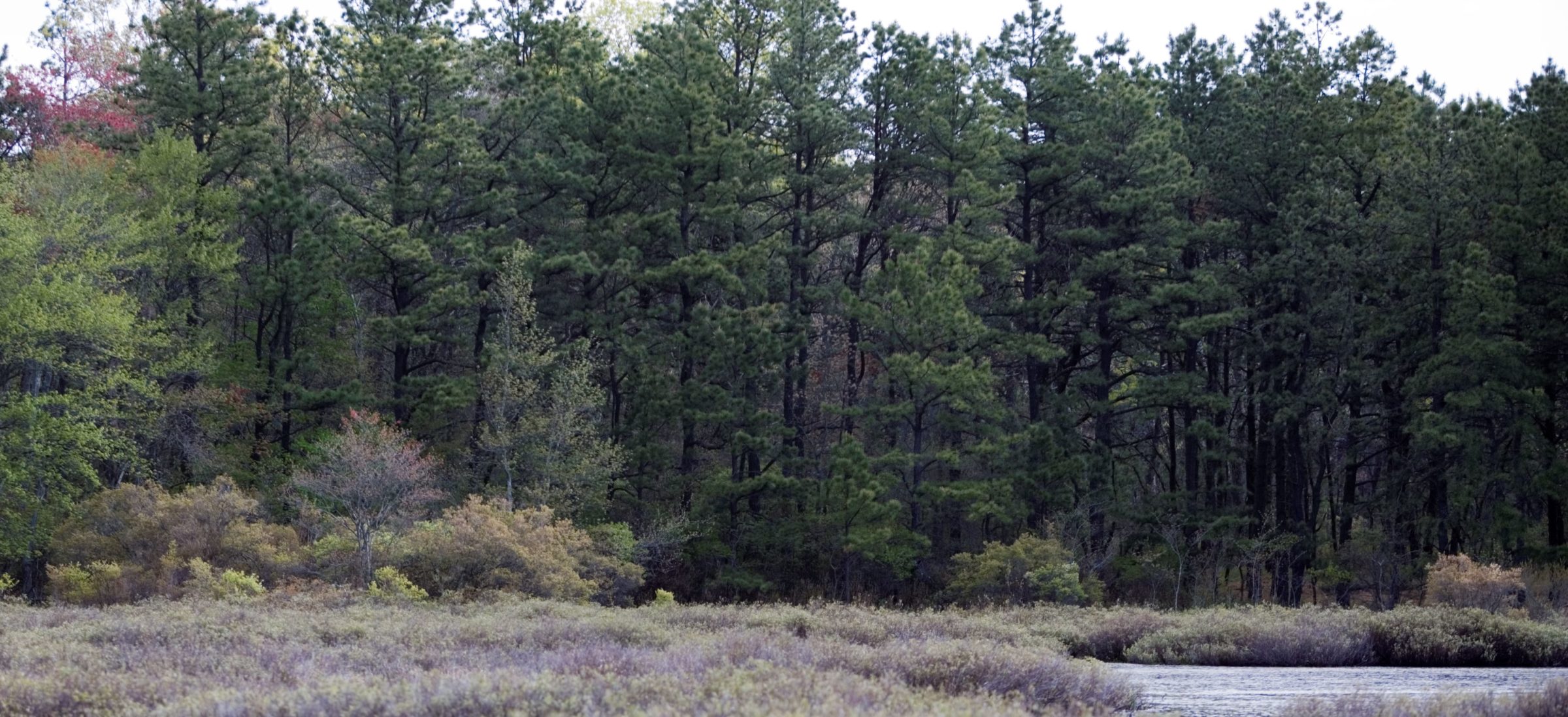By: Ryan Wolf
- Walt Whitman Eulogizes Abraham Lincoln:
 Walt Whitman was a true Long Islander. Often spending his days traveling through the Pine Barrens, Whitman often used the inspiration that rural life granted him in his poems. In April 1865, the combined shock and grief of the death of Abraham Lincoln and the destruction caused by the Civil War influenced Whitman to recall happier times with nature and write, what would become, the nation’s greatest eulogy. The influence of the Pine Barrens on Whitman’s poem is most prominently evident in his references to the “Hermit Thrush”, a solitary bird often found in the Pine Barrens that is known to utter the most beautiful song of nature. Comparing the Hermit Thrush to himself, Whitman recognized that, like the bird, he wished to remain in nature in solitude as it offered him a sense of renewal. He believed that the beautiful song of the Hermit Thrush, so often heard by residents of the Pine Barrens, was similar to those eulogies and tributes offered by a grieving nation. The poem, while a highly acclaimed eulogy, also exhibits the sense of healing that nature and the Pine Barrens can provide.
Walt Whitman was a true Long Islander. Often spending his days traveling through the Pine Barrens, Whitman often used the inspiration that rural life granted him in his poems. In April 1865, the combined shock and grief of the death of Abraham Lincoln and the destruction caused by the Civil War influenced Whitman to recall happier times with nature and write, what would become, the nation’s greatest eulogy. The influence of the Pine Barrens on Whitman’s poem is most prominently evident in his references to the “Hermit Thrush”, a solitary bird often found in the Pine Barrens that is known to utter the most beautiful song of nature. Comparing the Hermit Thrush to himself, Whitman recognized that, like the bird, he wished to remain in nature in solitude as it offered him a sense of renewal. He believed that the beautiful song of the Hermit Thrush, so often heard by residents of the Pine Barrens, was similar to those eulogies and tributes offered by a grieving nation. The poem, while a highly acclaimed eulogy, also exhibits the sense of healing that nature and the Pine Barrens can provide. - Birthplace of God Bless America:
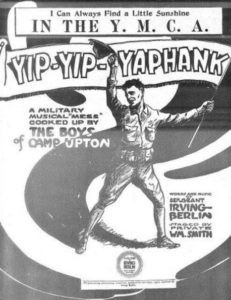 Attend a sporting event and what are you almost guaranteed to hear? “God Bless America”. But while this song is now a national staple, it has humble beginnings in the Pine Barrens. IN 1917, the US Army erected Camp Upton in the Yaphank Pine Barrens for the training of troops scheduled for deployment in World War One. One of these soldiers who temporarily called Camp Upton “home” was composer, Irving Berlin. Combining his experience at the camp with his craft, Berlin wrote the play “Yip, Yip Yaphank.” As part of this process, Berlin drafted his first attempt at the song that would become “God Bless America.” While it became popularized in the 1940s, with the film adaption of “Yip, Yip Yaphank” known as “This is the Army”, the song that is now arguably the “stand-in” national anthem was born in the PIne Barrens of Long Island.
Attend a sporting event and what are you almost guaranteed to hear? “God Bless America”. But while this song is now a national staple, it has humble beginnings in the Pine Barrens. IN 1917, the US Army erected Camp Upton in the Yaphank Pine Barrens for the training of troops scheduled for deployment in World War One. One of these soldiers who temporarily called Camp Upton “home” was composer, Irving Berlin. Combining his experience at the camp with his craft, Berlin wrote the play “Yip, Yip Yaphank.” As part of this process, Berlin drafted his first attempt at the song that would become “God Bless America.” While it became popularized in the 1940s, with the film adaption of “Yip, Yip Yaphank” known as “This is the Army”, the song that is now arguably the “stand-in” national anthem was born in the PIne Barrens of Long Island. - First Conception of the Internet:
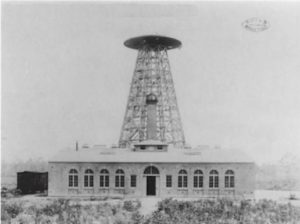 As the inspiration for Frank Baum’s Wizard of Oz, Nikola Tesla was truly a master of innovation. Perhaps Tesla’s greatest scientific pursuit in life, however, was his attempt to wirelessly transmit electric energy across the globe. To accomplish this, Tesla redirected his focus to Shoreham, NY. There, Tesla built Wardenclyffe, a 186 foot wood-framed tower and laboratory. The goal of Wardenclyffe was to transmit wireless messages and even scanned images (fax) across the Atlantic and to England. If these experiments were successful, Tesla would have proceeded with the creation of his “Word Wireless System” – an early predecessor to the internet. Unfortunately, funding for the tower dried up as Tesla could not attract further investment in his idea. By 1906, Tesla had abandoned the tower and the idea.
As the inspiration for Frank Baum’s Wizard of Oz, Nikola Tesla was truly a master of innovation. Perhaps Tesla’s greatest scientific pursuit in life, however, was his attempt to wirelessly transmit electric energy across the globe. To accomplish this, Tesla redirected his focus to Shoreham, NY. There, Tesla built Wardenclyffe, a 186 foot wood-framed tower and laboratory. The goal of Wardenclyffe was to transmit wireless messages and even scanned images (fax) across the Atlantic and to England. If these experiments were successful, Tesla would have proceeded with the creation of his “Word Wireless System” – an early predecessor to the internet. Unfortunately, funding for the tower dried up as Tesla could not attract further investment in his idea. By 1906, Tesla had abandoned the tower and the idea.
- Daniel Webster and the Carmans River:
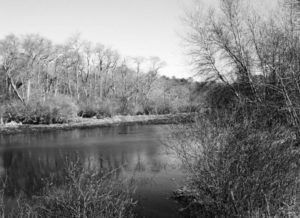 There is no shortage of legends about the Pine Barrens’ Carmans River. But, perhaps the most prevalent is that of American Statesman Daniel Webster’s impressive 14lb salmon-trout. Legend has it that Webster was attending Sunday Church service, when he received word of the unusually large trout nearby. The entire church congregation allegedly followed Webster out of the church and witnessed him catch this historic fish. Regardless if this story is fact or fiction, it is true that Webster loved to fish on the Carmans River and, even, rented land along the river to invite his fishing friends. Among these friends who frequented the Long Island Pine Barrens was President Martin Van Buren.
There is no shortage of legends about the Pine Barrens’ Carmans River. But, perhaps the most prevalent is that of American Statesman Daniel Webster’s impressive 14lb salmon-trout. Legend has it that Webster was attending Sunday Church service, when he received word of the unusually large trout nearby. The entire church congregation allegedly followed Webster out of the church and witnessed him catch this historic fish. Regardless if this story is fact or fiction, it is true that Webster loved to fish on the Carmans River and, even, rented land along the river to invite his fishing friends. Among these friends who frequented the Long Island Pine Barrens was President Martin Van Buren.
- Transmission of the Cold War “Red Phone:
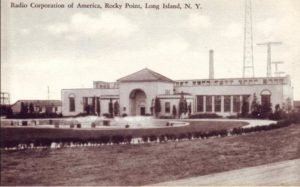 The “red phone” between the United States and the Soviet Union is an indelible image of the Cold War. But, without the Long Island Pine Barrens, this “red phone” line would have been as effective as a string and two tin cans. The current Rocky Point and David Sarnoff preserves were once home to a global communications and transmission center for Radio Corporation of America. The site of the world’s largest transmitting station, the station was used to channel the “hot line” connection between the White House and Kremlin during the height of the Cold War. The site was also famously used to transmit the “Little America” broadcasts during Richard Byrd’s expedition to Antarctica.
The “red phone” between the United States and the Soviet Union is an indelible image of the Cold War. But, without the Long Island Pine Barrens, this “red phone” line would have been as effective as a string and two tin cans. The current Rocky Point and David Sarnoff preserves were once home to a global communications and transmission center for Radio Corporation of America. The site of the world’s largest transmitting station, the station was used to channel the “hot line” connection between the White House and Kremlin during the height of the Cold War. The site was also famously used to transmit the “Little America” broadcasts during Richard Byrd’s expedition to Antarctica.

